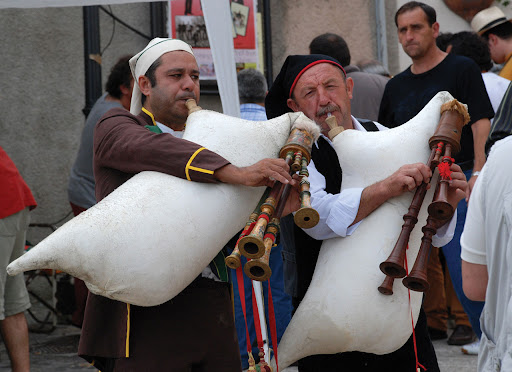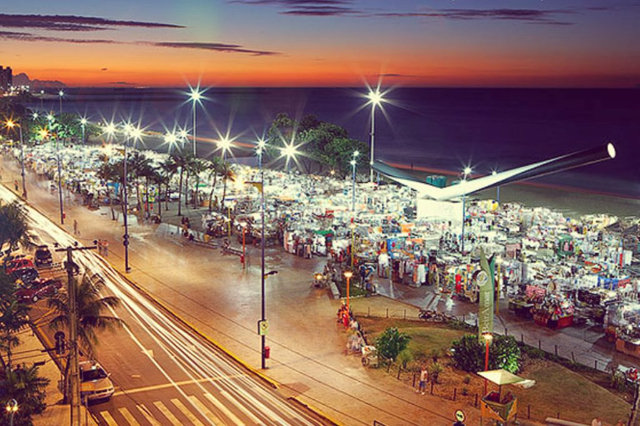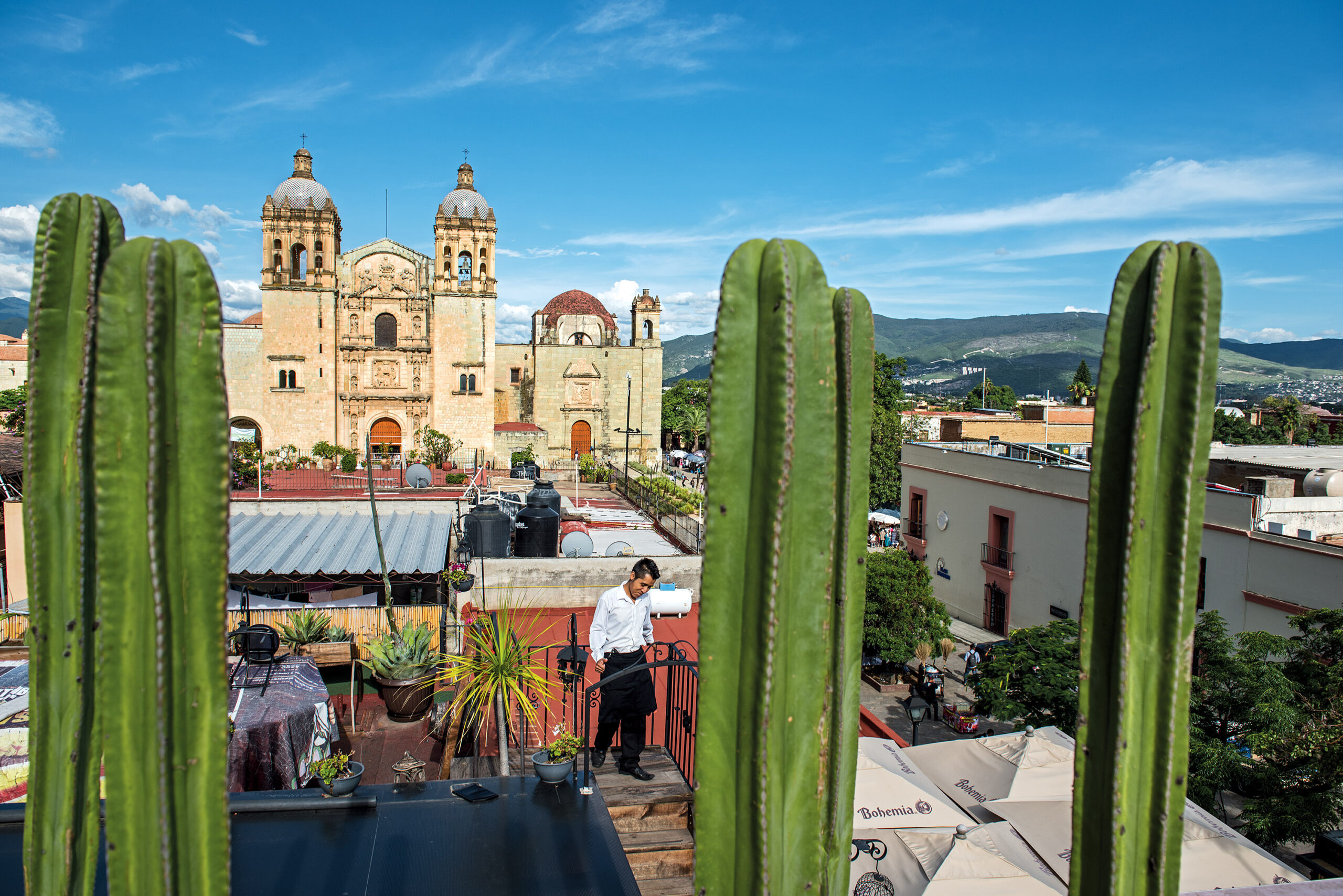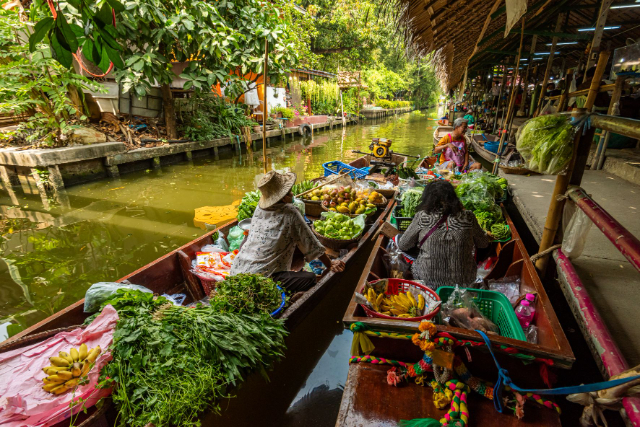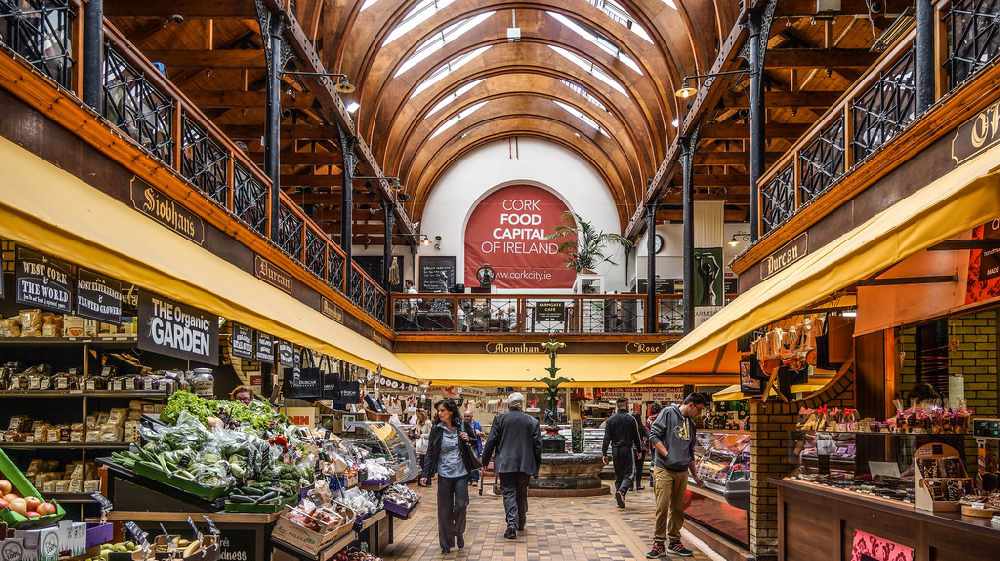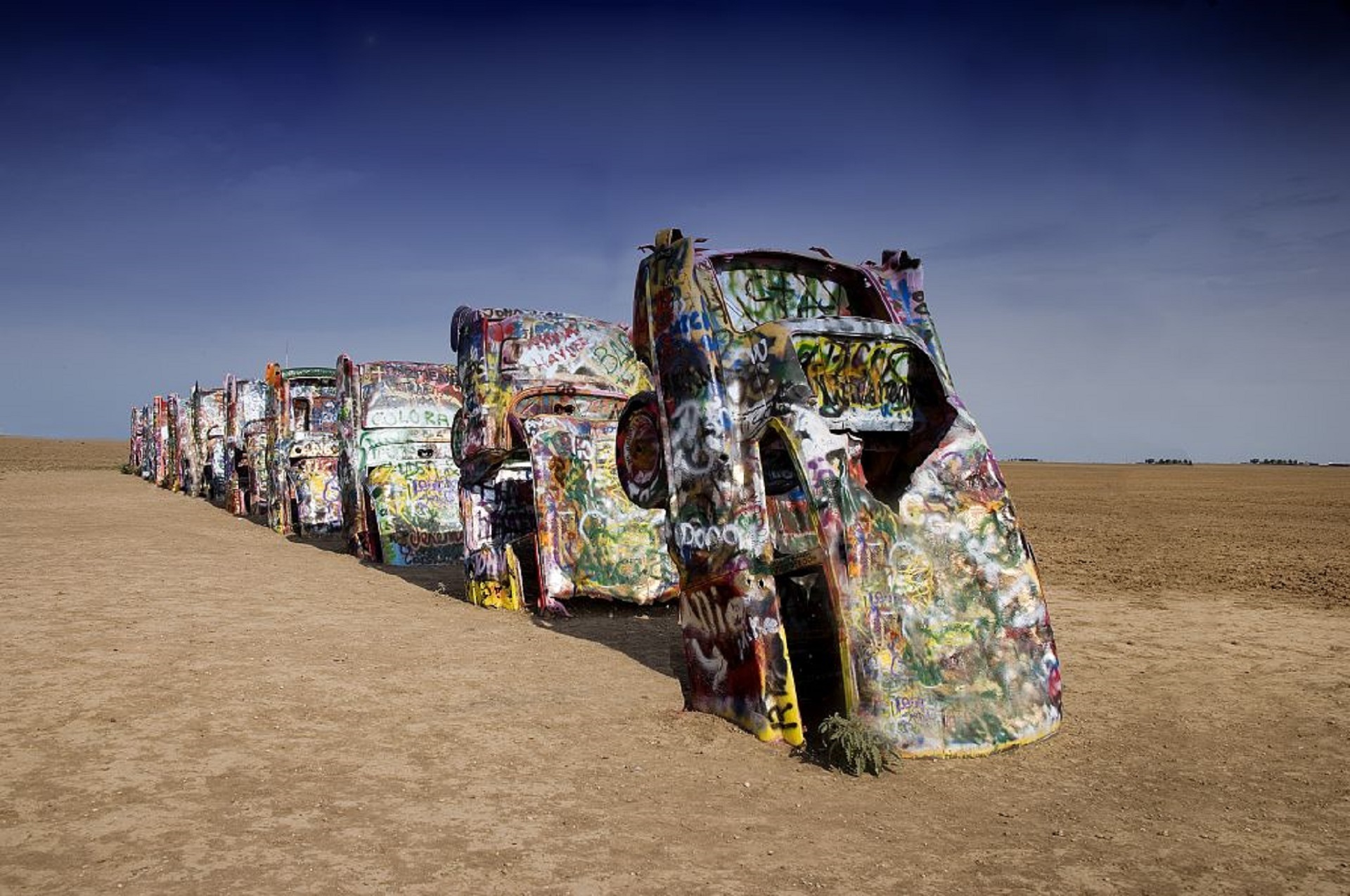Almost certainly the name of this Commune derives from "Scopulus" that means cliff or rock, or from "Scapulae" that corresponds instead to slopes, declivity of a mountain. Its position allows that both terms can be accepted to explain the toponym. Since its origins until the XI century, Scapoli followed the same events of the near Cerro al Volturno. In fact, in this period it was an ecclesiastic feud, belonging to the Abbey of San Vincenzo a Volturno; during the seigniory of the Filangieri, the sons of Borrello attacked several castles, among which that of Scapoli, and took possession of them.
A precious documentary source of reference to know the historical vicissitudes of the village is the "Chronicon Vulturnense", an illuminated code made by a monk after 1100. In the text it is stated that in the eighth century the site of today’s Scapoli was covered by rich vegetation and that only from the middle of the ninth century the settlement of Castrum Scappili was born, through the colonization of lands that belonged to the ancient abbey of San Vincenzo al Volturno.
The old nucleus of the medieval village still presents an urban fabric of remarkable interest, whose characterizing element is undoubtedly the Palazzo Marchesale dei Battiloro.
The building rises on the outcropping rock that constituted the foundations of the castle of Scapoli, later transformed into a residence.
Inside the palace it is possible to observe a staircase, which led to the basement, and a large stone fireplace, located in the kitchen.
Another particularly charming urban element is the Cammino di Ronda, a panoramic walkway that follows the 360° profile of the rock on which the village of Scapoli stands.
